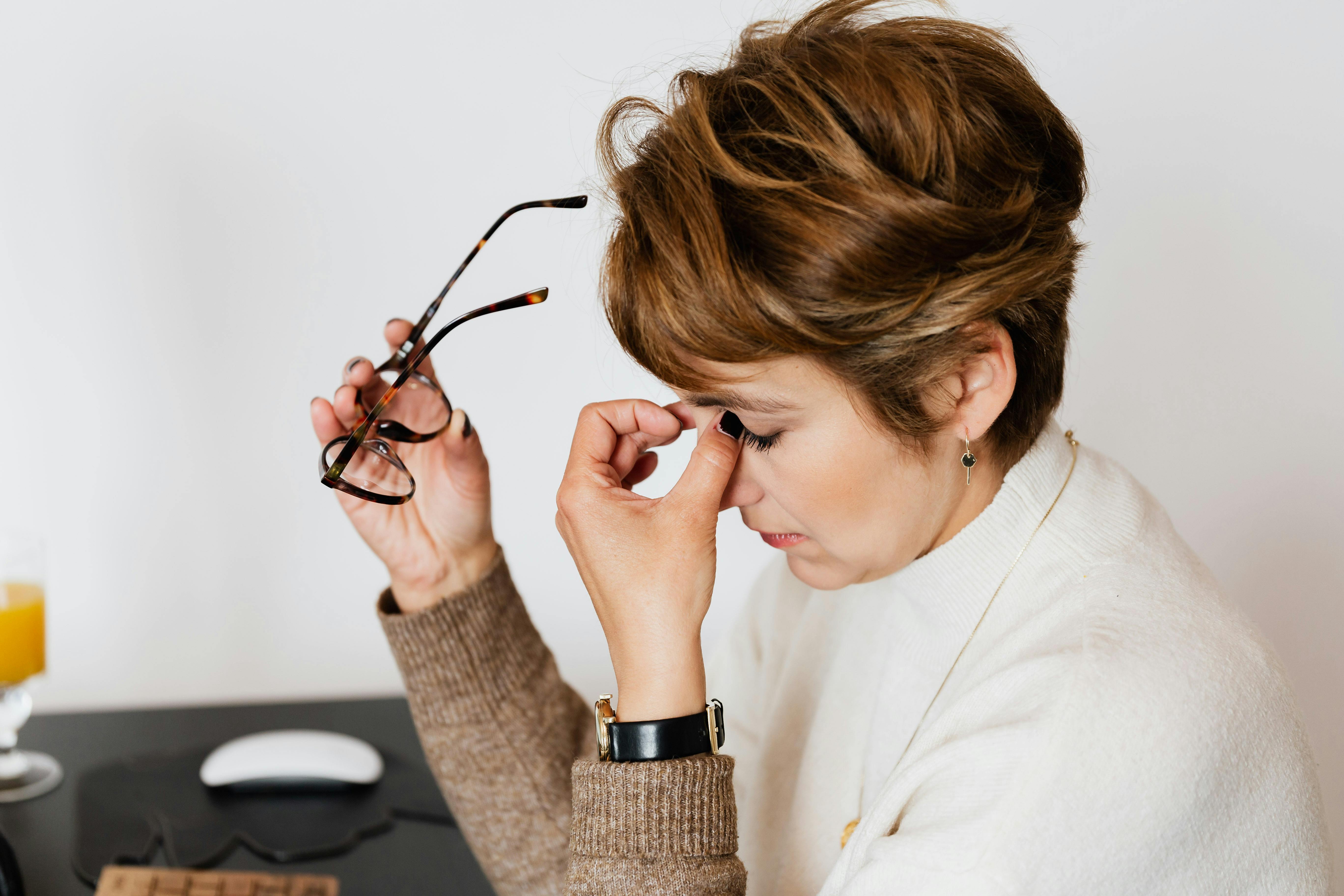
Lack of movement can slow digestion, increase the likelihood of constipation, and ultimately lead to more straining during bowel movements—one of the primary causes of hemorrhoids. On the flip side, regular, low-impact exercise improves circulation, keeps stool soft, and helps maintain a healthy weight, which reduces pressure on the pelvic veins. If you’re recovering from a recent flare-up or simply want to keep future episodes at bay, certain types of movement can make a big difference.
Exercise also helps reduce inflammation throughout the body, including the rectal and anal region. Improved circulation prevents blood from pooling in the veins, which is a contributing factor to the development of hemorrhoids. Staying active also boosts metabolism and supports better hormonal balance, both of which play subtle but meaningful roles in digestive regularity.
Gentle, consistent activity is your best ally. Walking is often recommended as the top exercise for people with hemorrhoids—it’s easy on the joints, stimulates digestion, and can be done almost anywhere. Aim for 20 to 30 minutes a day to help keep your system regular without triggering rectal pressure. Walk at a steady pace and avoid steep inclines or fast jogging until symptoms subside.
Pelvic floor exercises (also called Kegels) are another powerful tool. These movements strengthen the muscles that support your rectum and lower bowel, which can reduce the chance of prolapse and help maintain control during bowel movements. Simply tighten your pelvic muscles as if you’re stopping the flow of urine, hold for a few seconds, and release. Repeat several times a day, gradually increasing hold times. Over time, this practice can improve circulation and reduce swelling.
Yoga and stretching routines also help relieve pressure in the abdomen and lower body while improving circulation. Poses like Child’s Pose, Legs-Up-The-Wall, and Happy Baby can soothe the pelvic region without strain. Incorporating breathing exercises into your yoga practice can further support relaxation and reduce tension in the pelvic floor. Avoid inverted poses or any movement that requires holding your breath or bearing down.
Swimming is another excellent low-impact exercise for those with hemorrhoids. The buoyancy of the water supports your body while allowing for a full-body workout that increases circulation without pressure. Swimming laps or water aerobics a few times per week can ease symptoms and promote overall wellness.
High-impact or high-pressure activities—such as heavy weightlifting, squats, or intense cycling—can worsen hemorrhoid symptoms by straining the abdominal and rectal veins. Holding your breath while lifting (a common mistake known as the Valsalva maneuver) creates a spike in internal pressure that can inflame or irritate hemorrhoids.
Activities that involve jarring movements or long periods of sitting, such as rowing machines, horseback riding, or high-resistance stationary bikes, may also cause discomfort. These exercises put direct pressure on the perineum and can aggravate sensitive tissue during a flare-up.
Instead of pushing through pain or stiffness, adjust your workouts to match your comfort level. Skip exercises that make you clench, squeeze, or feel throbbing in your rectal area. If you’re unsure, stick with movements that are gentle and rhythmic, prioritizing consistency over intensity.
If hemorrhoids are interfering with your daily life or your ability to stay active, it may be time to seek care. Dr. Albert Chung is a board-certified colorectal surgeon based in Orange County, CA who offers both non-surgical and surgical options for hemorrhoid relief. Call (714) 988-8690 to schedule an appointment and get personalized guidance for your condition and lifestyle.